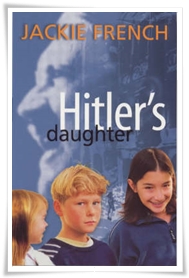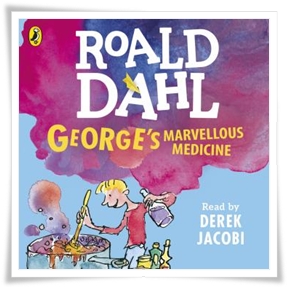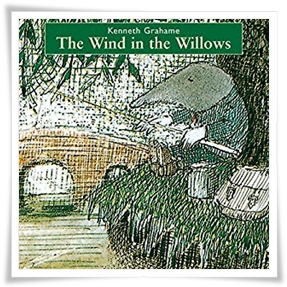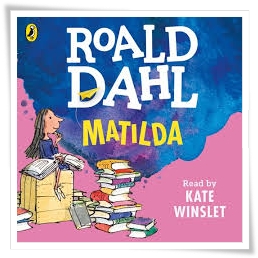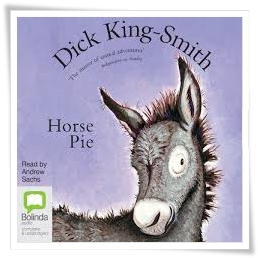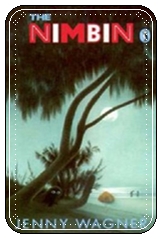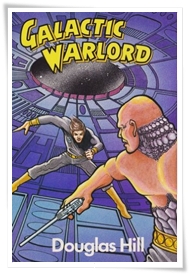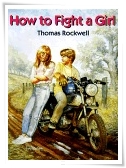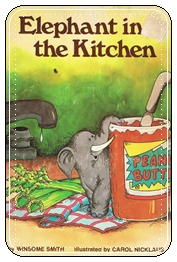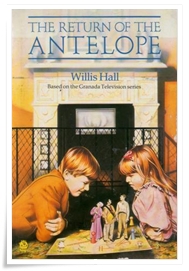Hitler’s Daughter
by Jackie French (HarperCollins, 1999); audiobook read by Caroline Lee (Bolinda, 2014)
The framing narrative of this cleverly structured middle grade book sees three rural Aussie kids sharing a story while waiting for their school bus. The tale of Hitler’s daughter raises the disturbing question: should children be held responsible for their parents’ beliefs.

